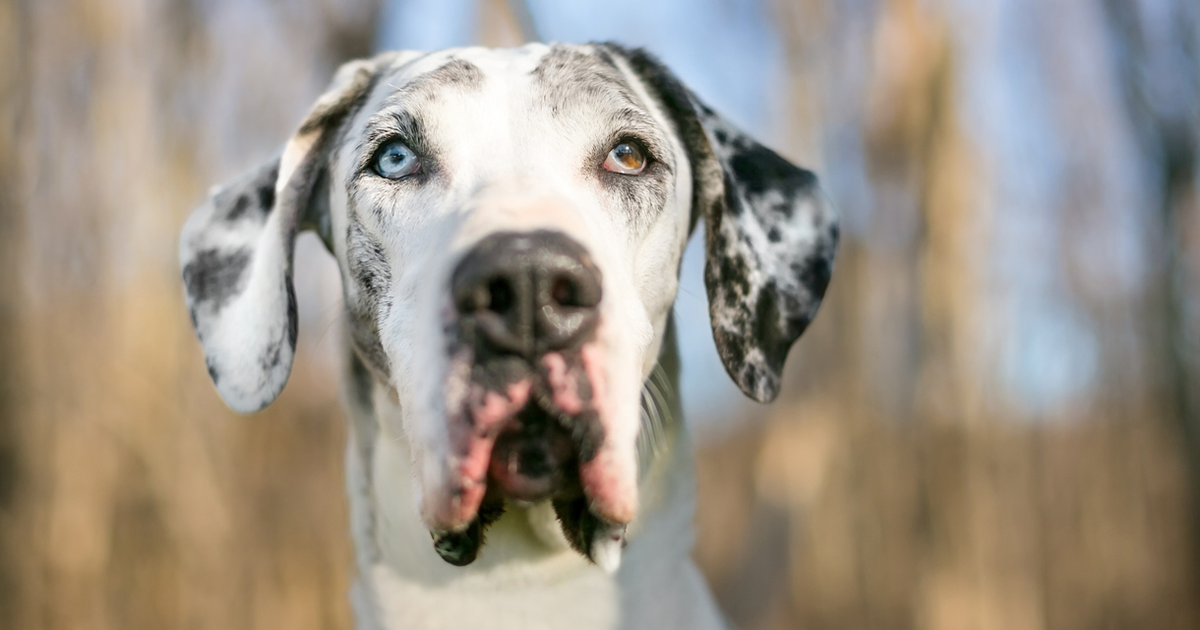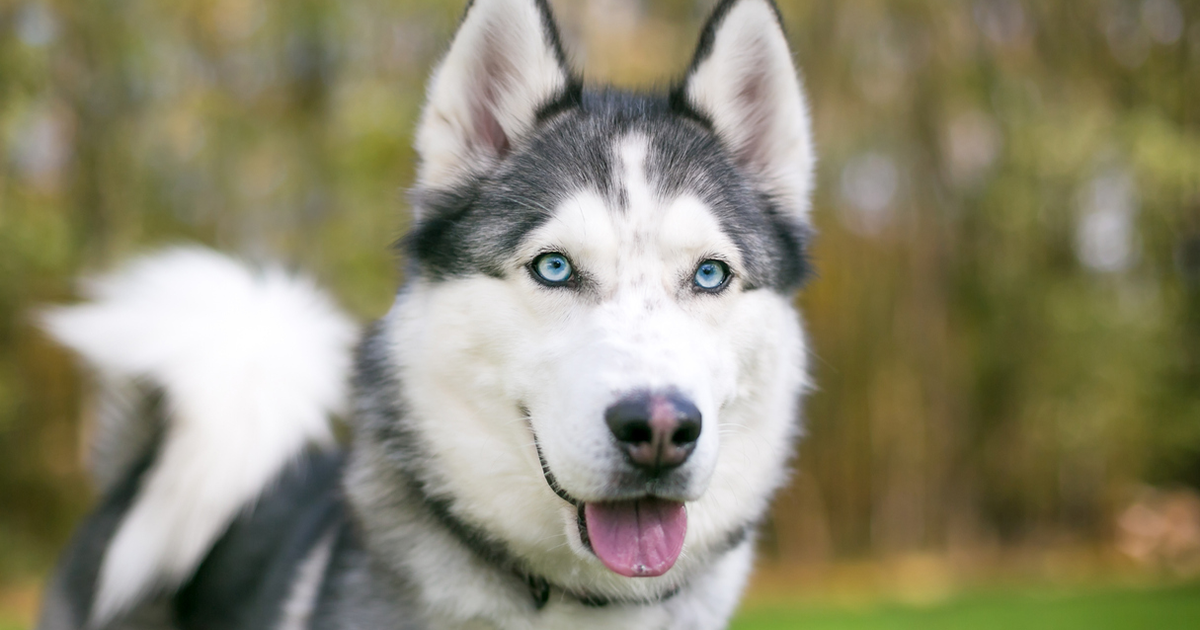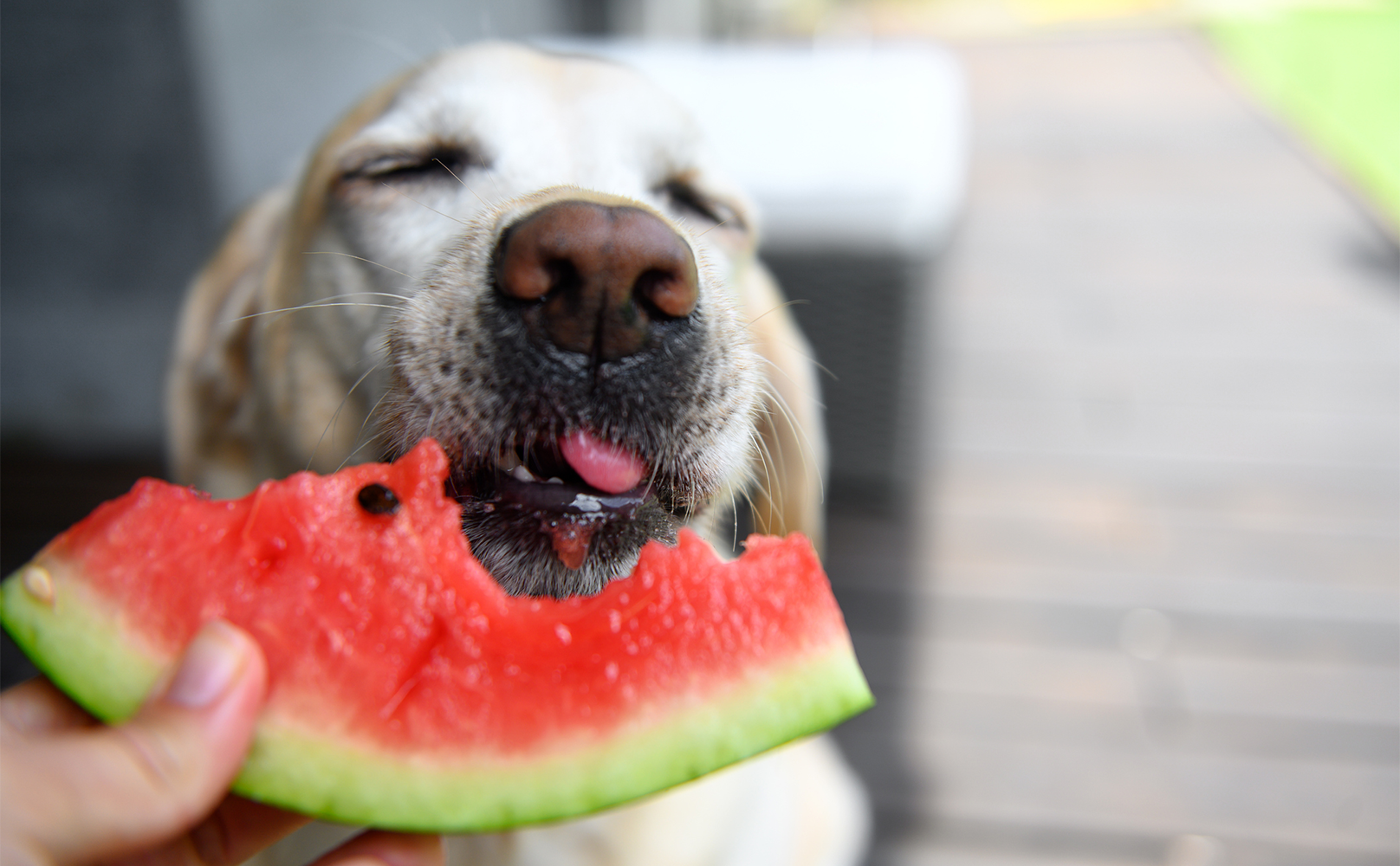You might have a hard time picturing your precious pup braving the same trials and tribulations wolves face in the wild. But just because one loves belly rubs and BarkBoxes and the other can take down an elk doesn’t mean the two canines live worlds apart.
Since wolves and dogs are so closely related, there’s plenty of biological overlap between them. For instance, both animals have the same number of teeth, though wolves have longer canines (the better to tear up their prey, m’dear!), and their gestation periods both last nine weeks. That means that your pooch can have make puppies with a wolf. That cross is known as a wolfdog—a viable, fertile animal that’s pretty darn cute. Think Balto.
So, yes, your pet has more in common with wolves than you might realize. That includes his behavior.
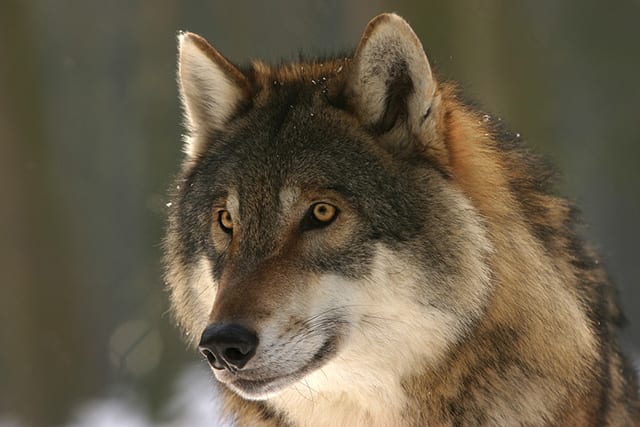

Here are five ways your dog still takes a walk on the wild side:
1. Showing aggression
Bryan Bailey, animal behaviorist and author of Embracing the Wild In Your Dog, says that dogs become aggressive for two reasons: out of fear or wanting to show who’s boss. He also points out that all dogs, like wolves, have the potential to bite. So no matter how much of a sweetie pie your dog is, know that he can still become aggressive. It’s not because he’s “bad,” either. It’s instinct. He gets that from his wolf cousins.
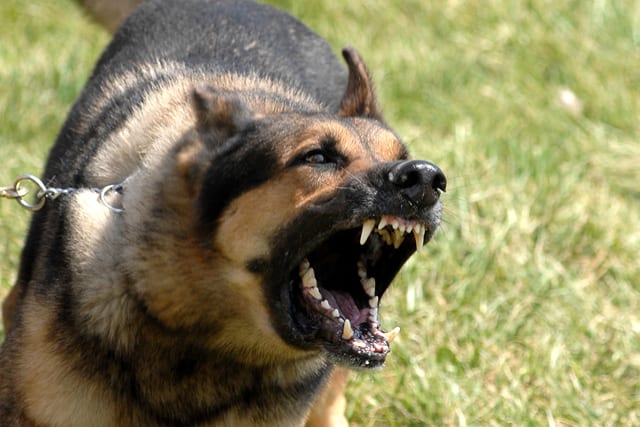

2. Prey drive
Dogs chase squirrels, bunnies, and other animals because their primitive side sees them as dinner. (Yep, even if they don’t actually kill and eat the little guys.) Just watch a wolf pack hunt down their prey. Your pooch will look remarkably similar the next time something small and furry enters his line of vision.


3. Howling
Every time your dog howls, he’s paying tribute to his wild ancestors. Wolves are more likely to howl than bark, while dogs are more likely to bark than howl, but both animals make both sounds. While hearing a wolf howl when you’re hiking in the woods at night might seem scary, don’t fret. That wolf, like your pooch, is just communicating with his pals. Ditto for your dog, though you may have no idea what he’s saying. Awooooooo!
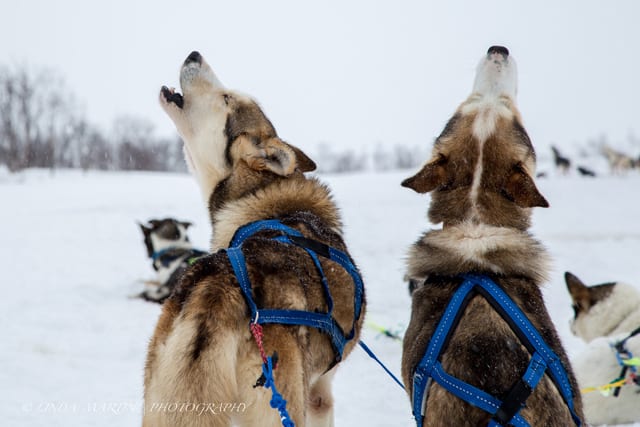

4. Protectiveness
Just as wolves are protective of their pack mates, your dog is protective of you. He wants you to be safe. That’s why if he perceives a threat, he will react to it. That may meaning barking, charging, biting, or whatever else he sees fit in the moment.
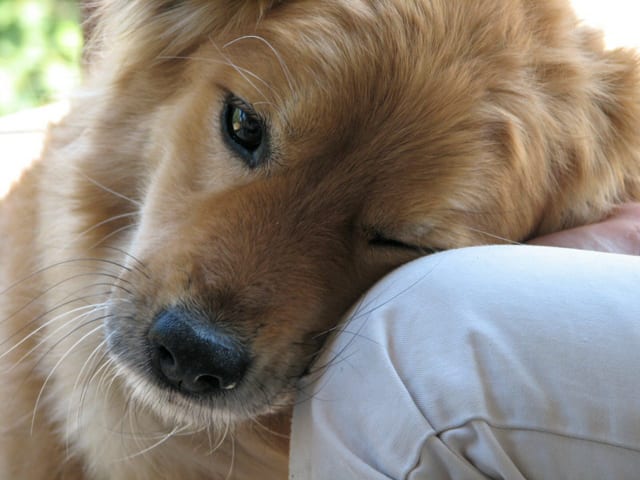

5. Sociability
Wolves have packs and your dog has you. Social bonds help wolves and dogs survive and lead more fulfilling lives, whether they live in the woods or the city. Friendship and loyalty are very important to both animals. That’s why your pup doesn’t like going long periods of time without seeing you. He’s your bestie for life—and you probably both want it to be that way.
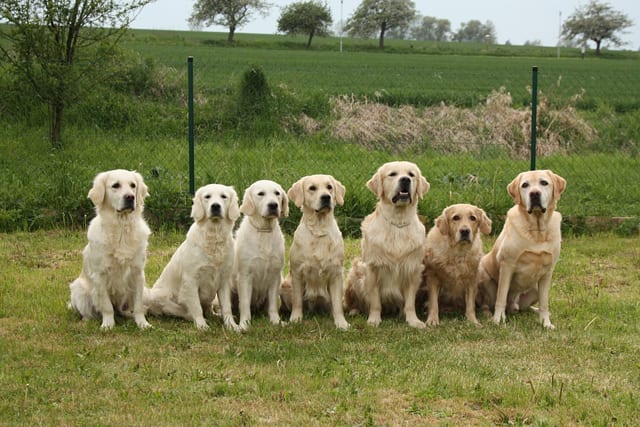

Sources: Scholastic, The Nest, Differen, WTSP, She Knows, Dogtime



